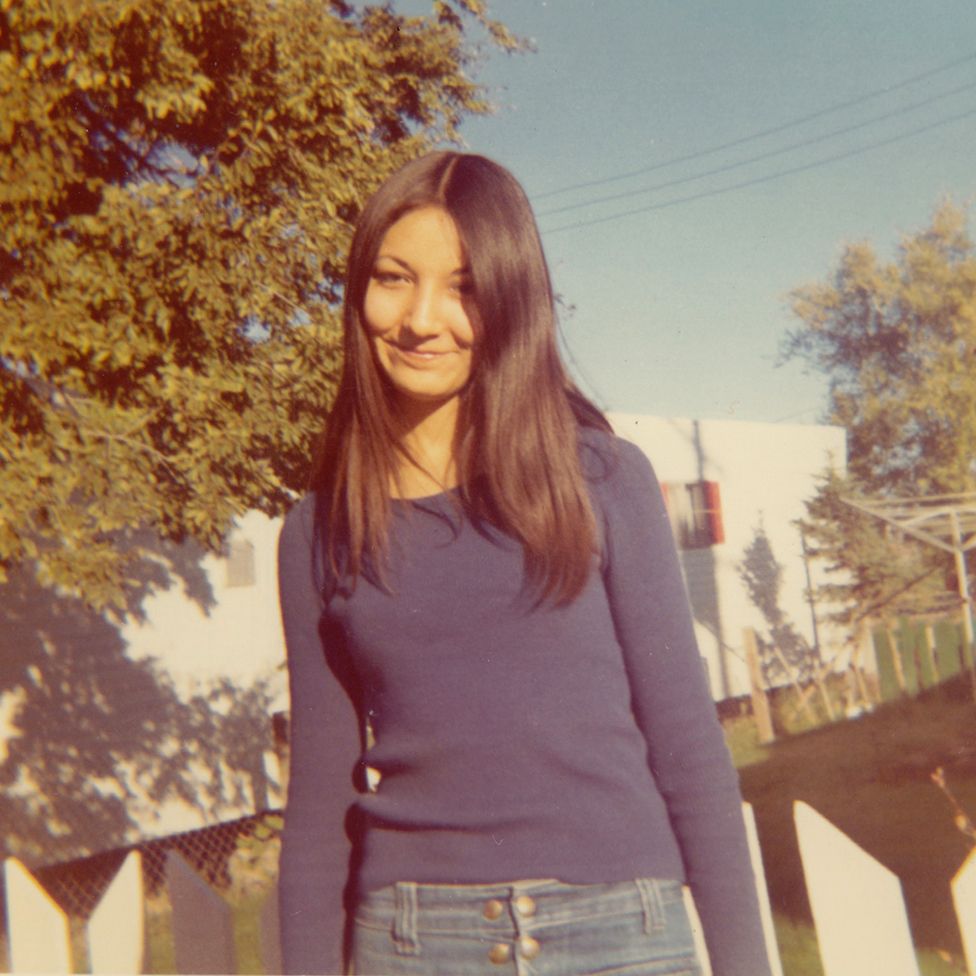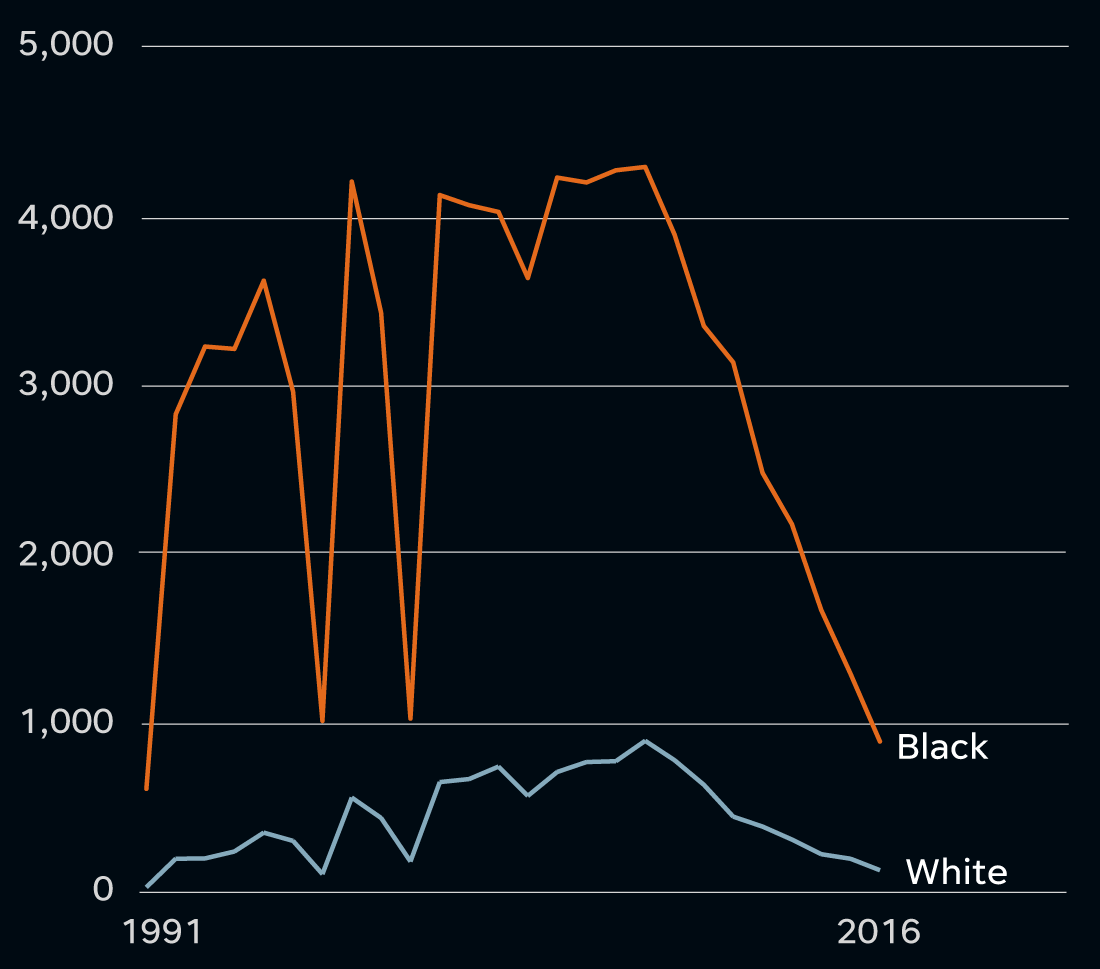

Public pressure forced the company to remove the drug from the drink in 1903. In 1886, the popularity of the drug received widespread popularity when John Pemberton included coca leaves as an ingredient in his new soft drink, “Coca-Cola.” The euphoric and energizing effects on the consumer helped skyrocket the popularity of Coca-Cola by the turn of the century.Īs the infamous soda became popular, cocaine use increased and the dangers of the drug became more evident. It wasn’t until the 1880’s that it started making a widespread impact in the medical community. Through the 1970’s to 1980’s, cocaine frequented Hollywood party scenes, glamorized as a drug that provided energy and helped people stay “up” and provide chemical extroversion.Ĭocaine was first extracted in 1859 by German chemist Albert Niemann.In the late 1850’s, cocaine was popular in elixirs, tonics, and the new soft drink Coca-Cola for several years.Sigmund Freud was a regular cocaine user, promoting it as a “magical substance” to cure depression.Native Peruvians chewed coca leaves only during religious ceremonies.Throughout history, cocaine has been used and abused for the intense high it produces. The Lure of CocaineĬocaine is one of the oldest, most potent and dangerous stimulants. That’s nearly 2/3 of all cocaine users who develop a dangerous habit using this highly-addictive drug. In the same year, about 913,000 people aged 12 or older in the U.S. In 2014 about 1.5 million people aged 12 or older were current users of cocaine in the United States-with about 354,000 of those people using crack. (If anyone knows of studies examining the financial demographics of cocaine users, please leave a comment or email We’ve looked all over the internet to no avail.)

Crack is a form of cocaine that has been processed into a rock crystal – usually found as small chunks of white “rocks,” and it’s typically smoked. Some cocaine users turn to crack cocaine because can be less expensive. Cocaine abuse can effect anyone, however, it’s traditionally been considered a rich-man’s drug and an expensive habit. Terms such as “junkie” and “addict” are more often applied to users of other hard drugs, like heroin or methamphetamine. Some might say that stigmas associated with cocaine abuse are less demeaning. However, in today’s world it prescription is not common. Today, Cocaine is a schedule II drug meaning it has a high potential for abuse but can be administered by a doctor for medical purposes such as local anesthesia for ear, eye, or throat surgeries. It’s also considered “high-class” in comparison to other drugs, because it’s fairly expensive and relatively “clean.” However, cocaine is quite often diluted or “cut” with numerous substances such as sugars, flour, cornstarch, laxatives, local anesthetics, and amphetamines – in order to stretch profits. Cocaine The “Party” That Never EndsĬocaine is loosely defined as a “party drug” and a feel-good drug. Most users snort the drug, or dissolve it in water and inject it. It is usually found in the form of a white, crystalline powder. It’s known to produce short-term euphoria, intense energy, and increased talkativeness.Ĭocaine is often referred to as coke, C, snow, flake, or blow. Cocaine is a powerfully addictive stimulant that’s made from the leaves of the coca plant, which is native to South America.


 0 kommentar(er)
0 kommentar(er)
